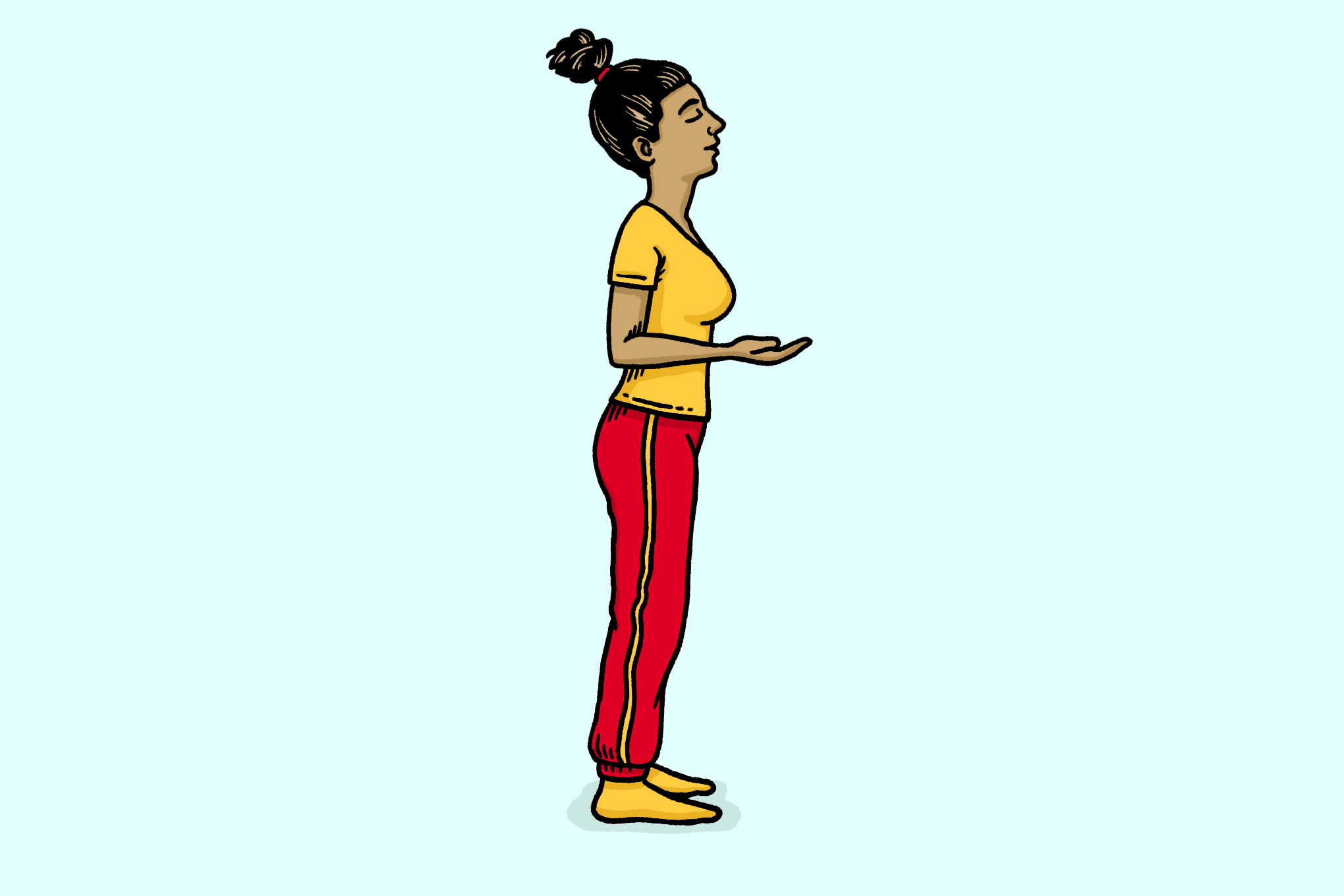
I spend a lot of time chatting to clinicians and wellness practitioners about ways women can effectively manage and alleviate their menopause symptoms. Whether it's a yoga or mindfulness teacher, a pelvic health physiotherapist, a CBT therapist, a hypnotherapist, a herbalist or a clinicians, they all agree on the power of the breath. When we breath slowly, consciously and in a controlled manner, we calm down our nervous system, boost alertness and is a natural anti-depressant. When we take slow, steady breaths, our brain feels safe and activates the parasympathetic response, increasing our levels of gamma-aminobutyric acid, a brain chemical that has calming and anti-anxiety effects,
Here are three basic breathing exercises to try out to help with different perimenopause symptoms
Paced Breathing
This is slow, deep, diaphragmatic breathing. With normal breathing, you take about 12 to 14 breaths a minute. By comparison, with paced breathing, you take only 5 to 7 breaths a minute. This has been proven to help alleviate hot flushes and night sweats

How to do Paced Breathing
1. Sit upright
2. Place one palm on your chest bone and the other on your belly
3. Breathe in for the count of five through your nose
4. Breathe out for the count of five through your mouth
5. Start off doing this for 3 minutes before building up to 10 minutes
Ocean Breath A Vinyasa Yoga technique that is great for tuning us back into the body and reducing cortisol, for when we are feeling out of control or anxious. It works by slightly constricting the back of the throat and sucking in air. The noise in and out mimics that of the ocean and provides instant calming relief

How to do the Ocean Breathe (this is Petra Coveney, our Yoga Advisor, who does a demo for us in The House, our digital self-care platform packed with self-care tips from women's health experts)
Sit up tall with your shoulders relaxed away from your ears and close your eyes. To prepare, become aware of your breath without trying to control it at all. The begin to inhale and exhale through your mouth if you have been breathing through your nose
Bring your awareness to your throat. On your exhales, begin to tone the back of your throat (your glottis or soft palate), slightly constricting the passage of air. You should hear a soft hissing sound
Once you are comfortable with the exhale, begin to apply the same contraction of the throat to the inhales. You should, once again, hear a soft sound, like the ocean
When you are able to control the throat on both the inhale and the exhale, close the mouth and begin breathing through the nose. Continue applying the same toning to the throat that you did when the mouth was open
Energising HA Breath When your brain is feeling foggy or you are feeling tired during the day, the HA breath exercise is a great way to wake up your mind and body

Image Credit: Andrew Rae
How to do the Energising HA breath
1. Stand up tall, elbows bent, palms facing up 2. As you inhale, draw your elbows back behind you, palms continuing to face up
3. Then exhale quickly, thrusting your palms forward & turning them downward, while saying “Ha” 4. Repeat quickly 10 to 15 times
Check out the website: www.overthebloodymoon.com/our-services for details on our September services to help you through perimenopause and beyond with self-care tips & advice based on science and practice so you can #takechargeofchange
